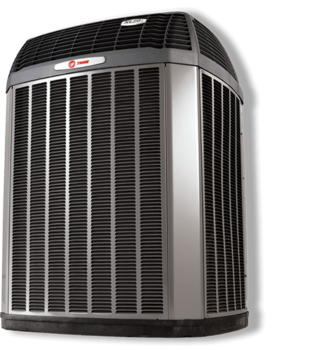It seems as if everyone has a very different idea of what a comfortable temperature is. In a household with several people, perhaps spanning a wide age range, it can be very challenging to get the comfort level just right. It may be especially challenging when you have vulnerable household members. So what are you to do? Read on for some tips about accommodating vulnerable household members.
Why People Have Different Temperature Needs
People feel cold or hot for many different reasons. Even in our warm, humid climate, you often hear people in a household complaining that the air conditioner is set too low. Here are some of the reasons people may be colder than average:
- Anemia. This condition occurs when your system can’t make enough red blood cells to carry oxygen through your body.
- Poor circulation. This may happen due to a number of health conditions or simply due to old age.
- Hypothyroidism.
- Diabetes.
- Blood vessel issues.
- Loss of insulating fat or muscle.
Many more issues may contribute to someone feeling cold. Likewise, those who feel hot all the time may do so because of:
- Being overweight.
- Stress.
- Thyroids.
- Fibromyalgia.
- Anhidrosis (when you can’t sweat enough).
- Diabetes.
Regardless of the reason for someone’s discomfort, it’s important that the vulnerable household members feel comfortable. That can be achieved by wrapping them up against the cold or using fans when they’re hot, but there are better ways to ensure their comfort:
Zoning for Comfort
One of the best ways to provide comfort for household members is through a zoned HVAC system. The house is divided into various zones, where vulnerable household members may control their own temperature through a thermostat that is tied into the main HVAC controls. Dampers in the ductwork allow the operator to control the flow of air for customized temperatures in those zones.
A zoned system not only allows individuals to call for specific temperatures within the zone, but it also contributes to energy efficiency in that it’s not necessary to raise or lower temperatures all over the house to satisfy the needs of the vulnerable members of your household.
For more on vulnerable household members and their HVAC needs, contact Mathews CCAC.













